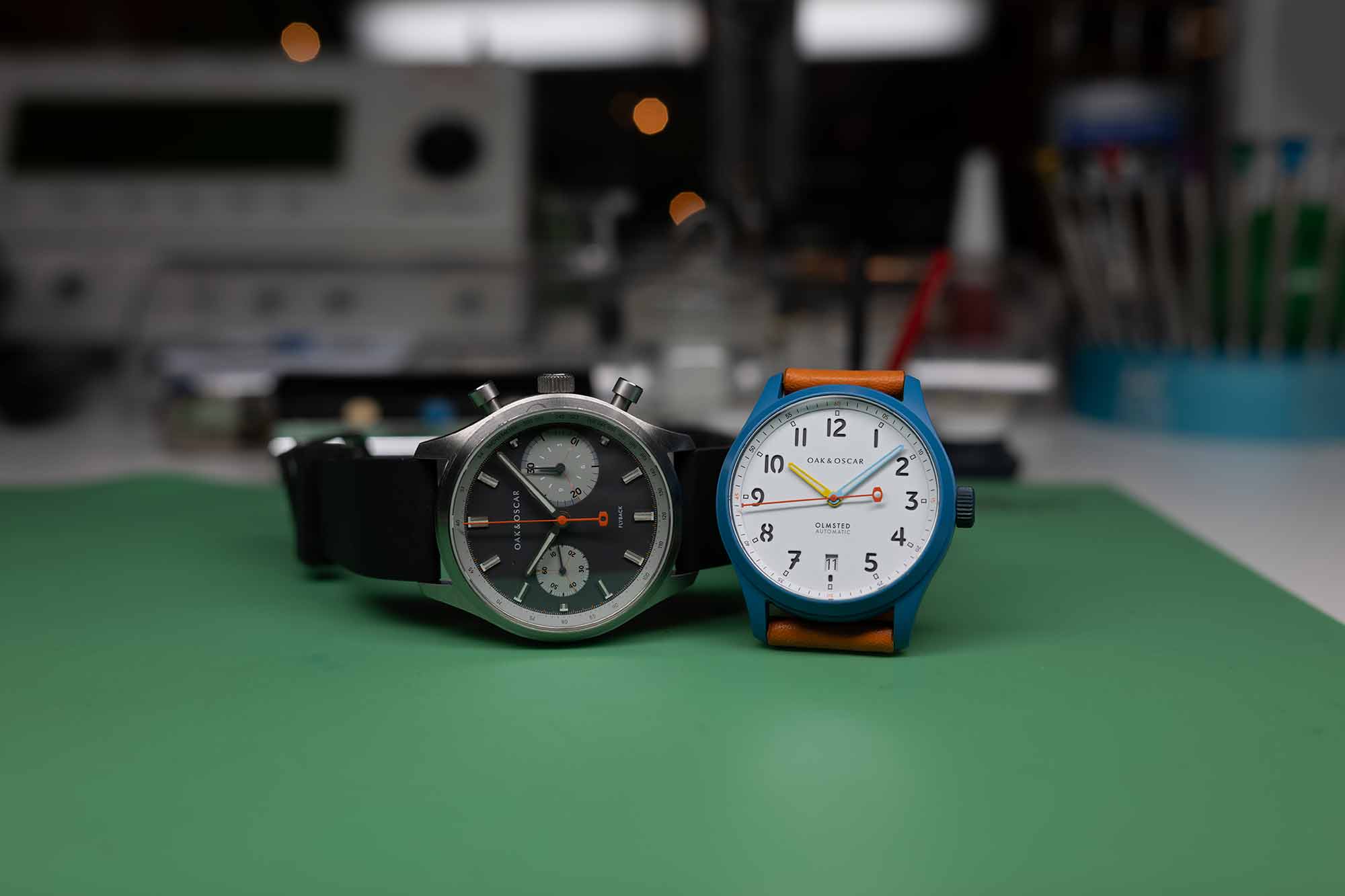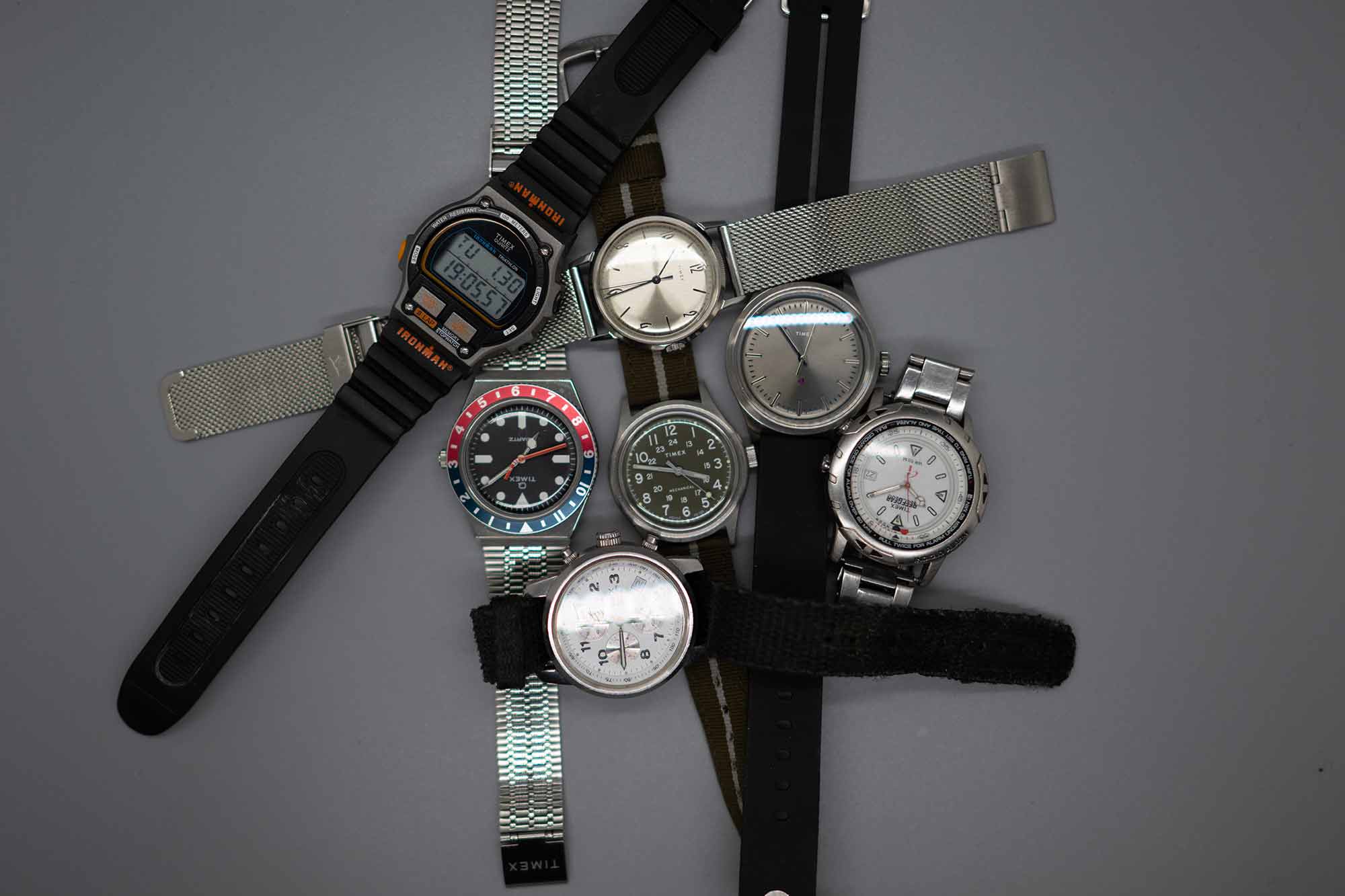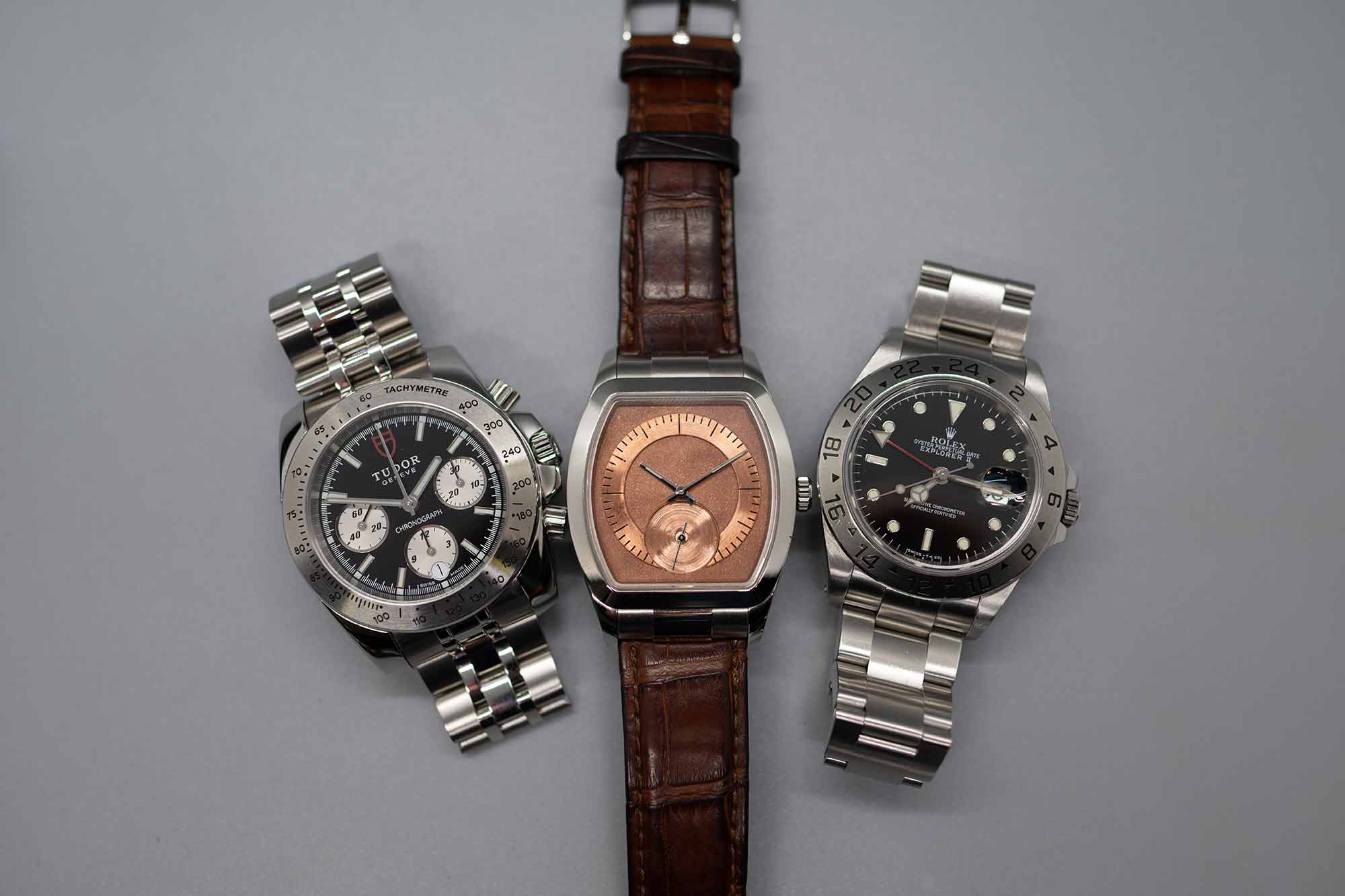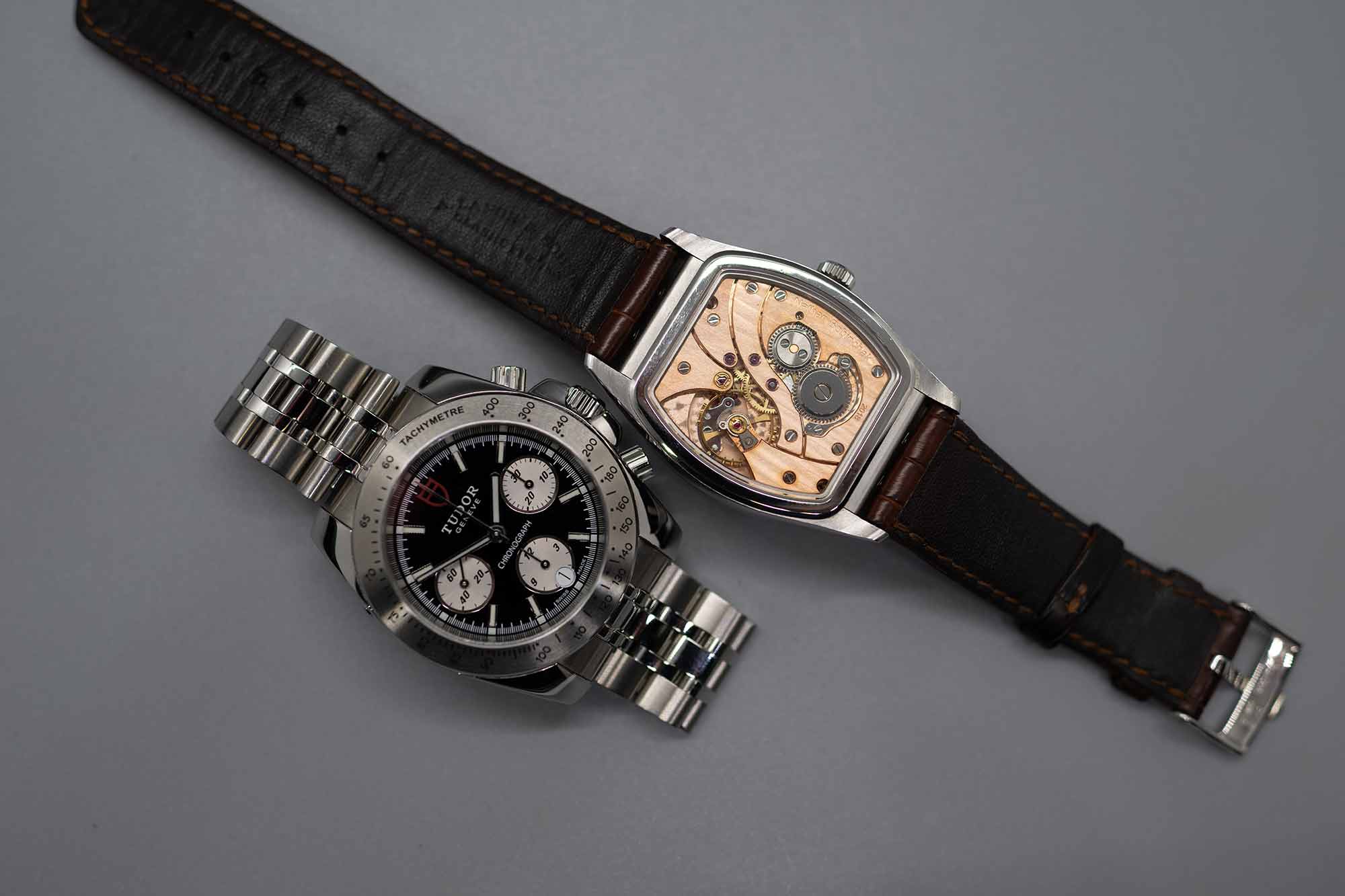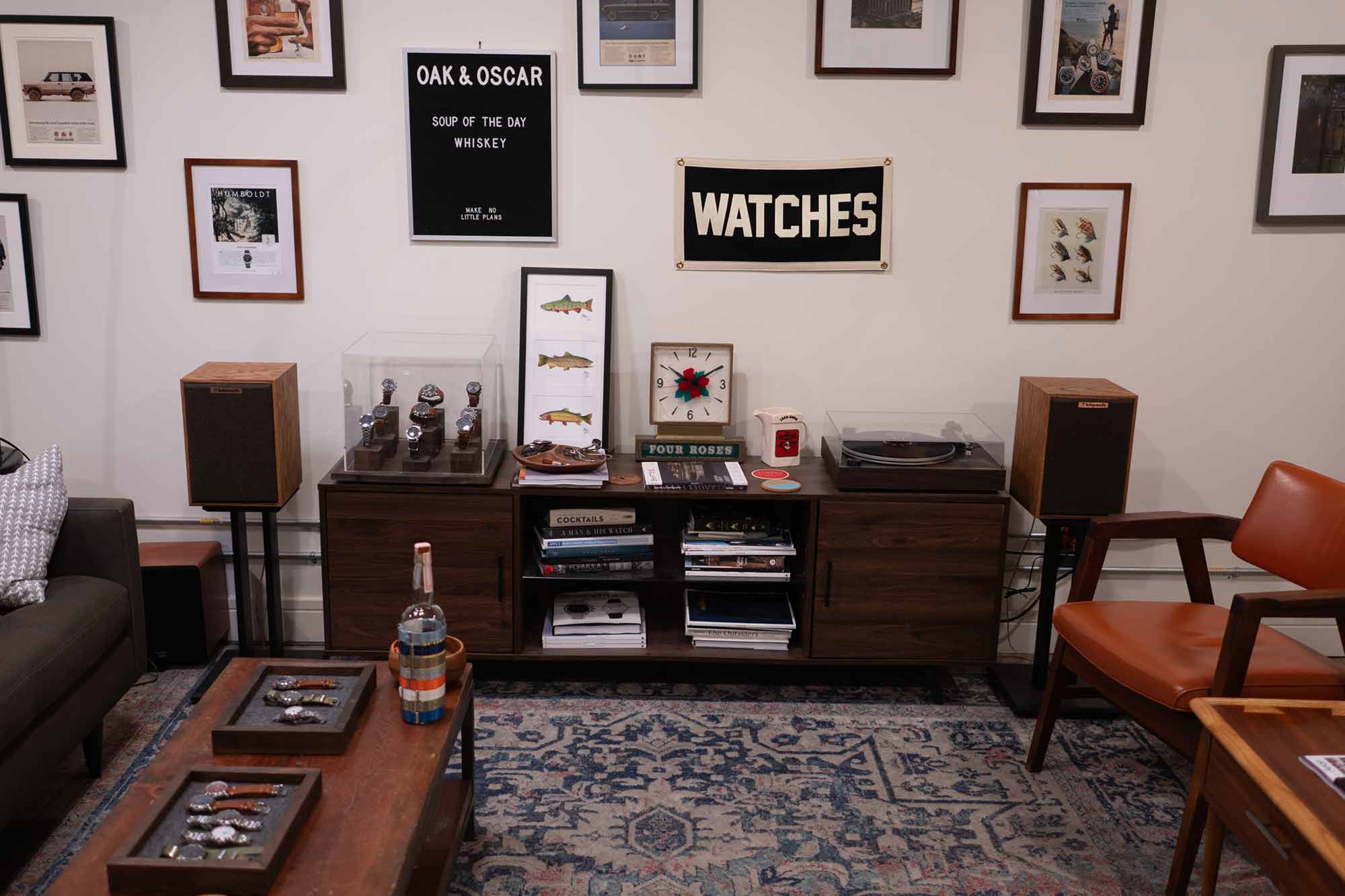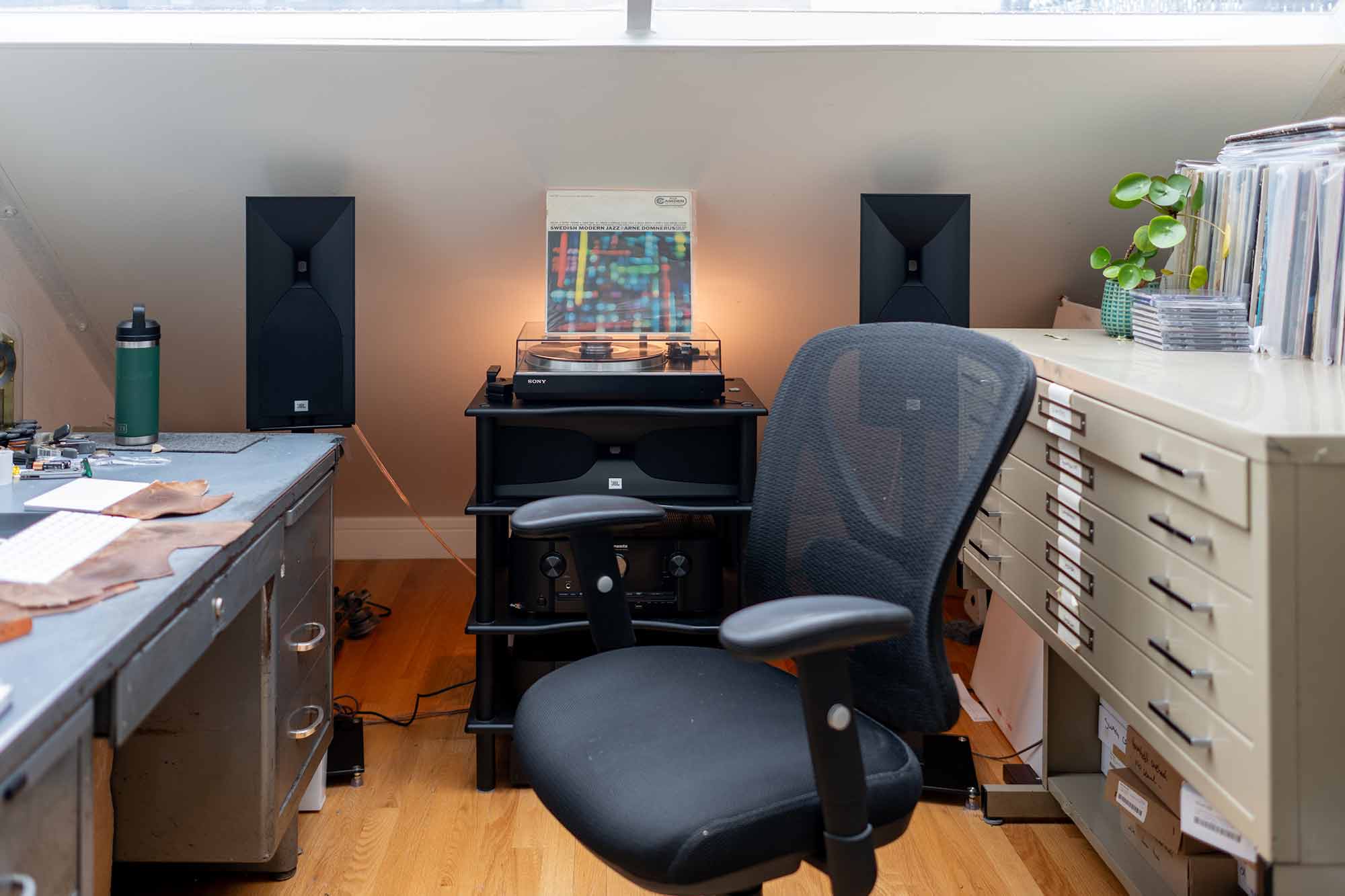This month I had the pleasure of speaking with Nathan Bobinchak, Head of Watchmaking for the independent brand Oak & Oscar. Nathan is a former journalist and TV news writer turned watchmaker, with an obsession for finding the best way to experience sound through home audio setups.
Watches
“I had my midlife crisis at 26.” Nathan delivers a dry joke as he recounts his career shift from local TV news, to his decision to go to watchmaking school. Specifically, Nathan attended The Litiz Watch Technicum, a watchmaking school outside Lancaster, PA that was founded in 2001 by Rolex. After graduating from Litiz, Nathan worked for a shop in Connecticut, eventually moving to Chicago at the beginning of 2020 and landing the job at Oak & Oscar.
“I first got into Oak & Oscar with the Jackson. The Jackson is a very cool chronograph with the Eterna 3916 movement in it. It’s a very neat, super complicated, pretty movement. It has a column wheel and flyback chrono…just very cool.” Nathan explained to me that in modern watchmaking you do a lot of the same things, but said he was fortunately certified to work on watches like the Rolex Daytona, as he has a lot of fun servicing chronographs. “I can go on all day about the art of lubricating a chronograph. That is some nerdy stuff. It’s like paint drying.” I was interested, so I asked him to expound.









 Featured Videos
Featured Videos





